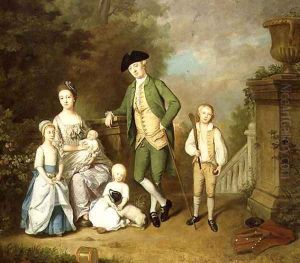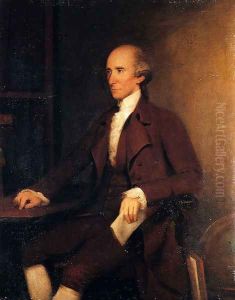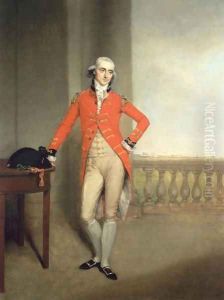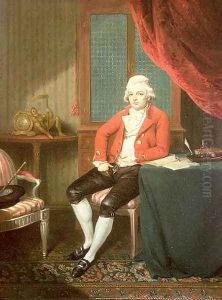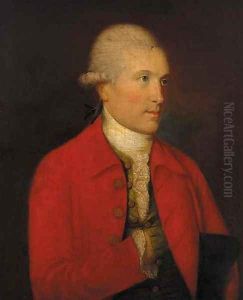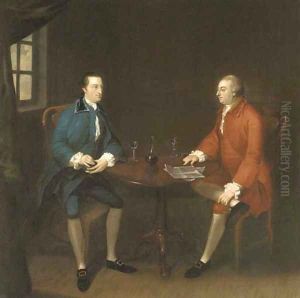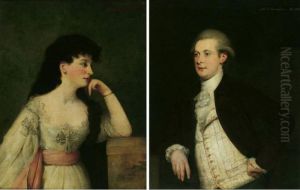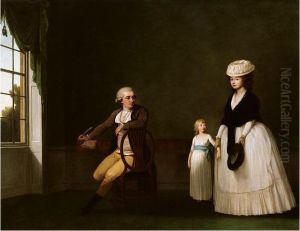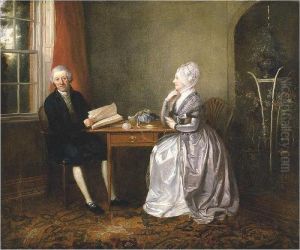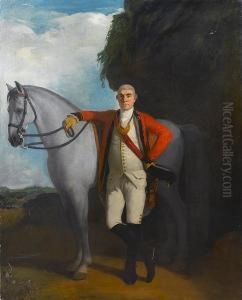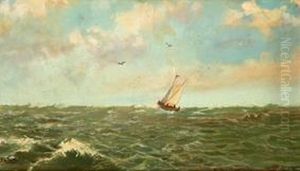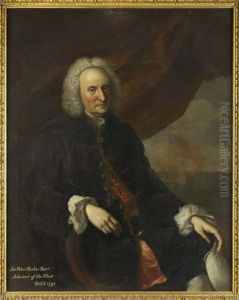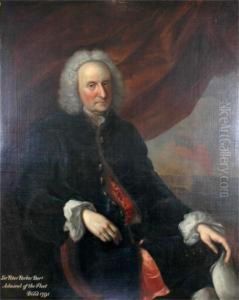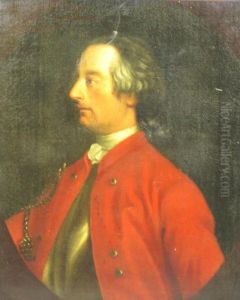John Thomas Seton Paintings
John Thomas Seton was a British artist whose life spanned the majority of the 18th century, a period rife with social, political, and artistic transformations. Born in 1738, Seton's early years were shaped by the rich cultural environment of Britain, which was then at the forefront of the Enlightenment. This period was marked by a flourishing of the arts, philosophy, and science, all of which influenced Seton's development as an artist.
Seton's artistic journey began in his youth, showing an early talent for drawing and painting. However, detailed records of his early education and training are scarce, as is common with many artists of his time. It is known that he traveled extensively throughout Europe in his twenties, a Grand Tour that was customary for artists and gentlemen of the era. These travels exposed him to the works of the Renaissance and Baroque masters, which had a profound impact on his artistic style and approach.
By the 1760s, Seton had established himself in London, where he became part of the city's vibrant artistic community. He was known for his portraits and landscape paintings, which were highly regarded for their detailed realism and emotional depth. Seton's works were characterized by their use of light and shadow, a technique that reflected the influence of the Italian Baroque artists he admired.
Despite his talents, Seton never achieved the same level of fame as some of his contemporaries, such as Joshua Reynolds or Thomas Gainsborough. This was partly due to his reticent nature and reluctance to seek public acclaim. Nevertheless, he was respected by his peers and had a dedicated clientele. Seton was also involved in the early exhibitions of the Royal Academy of Arts, though he never became a member.
John Thomas Seton's later years were marked by a gradual withdrawal from the London art scene. He spent his final years in the countryside, where he continued to paint until his death in 1806. Though he left behind a relatively small body of work, Seton's paintings are valued for their contribution to the British art of the 18th century. His work provides a window into the aesthetic sensibilities and social milieu of his time. Today, Seton's paintings can be found in private collections and museums, where they continue to be appreciated for their beauty and historical significance.
